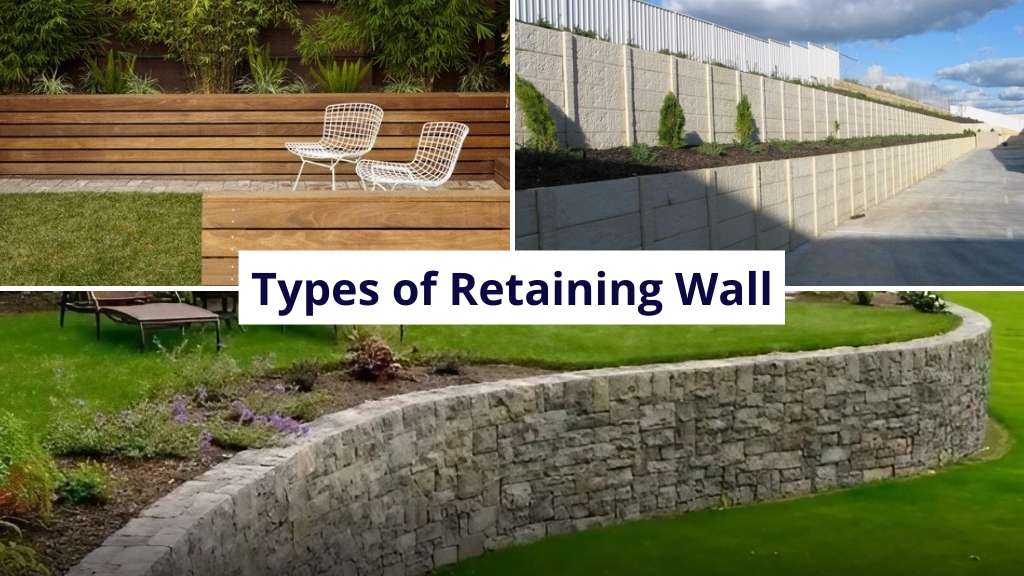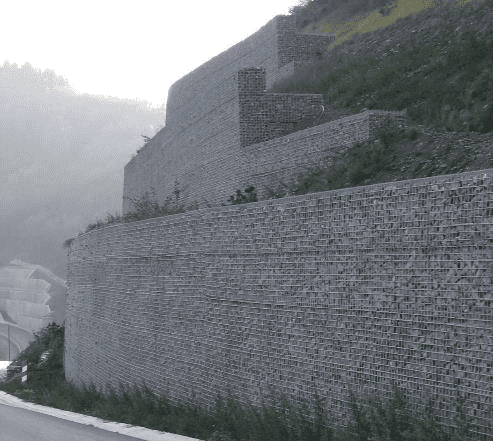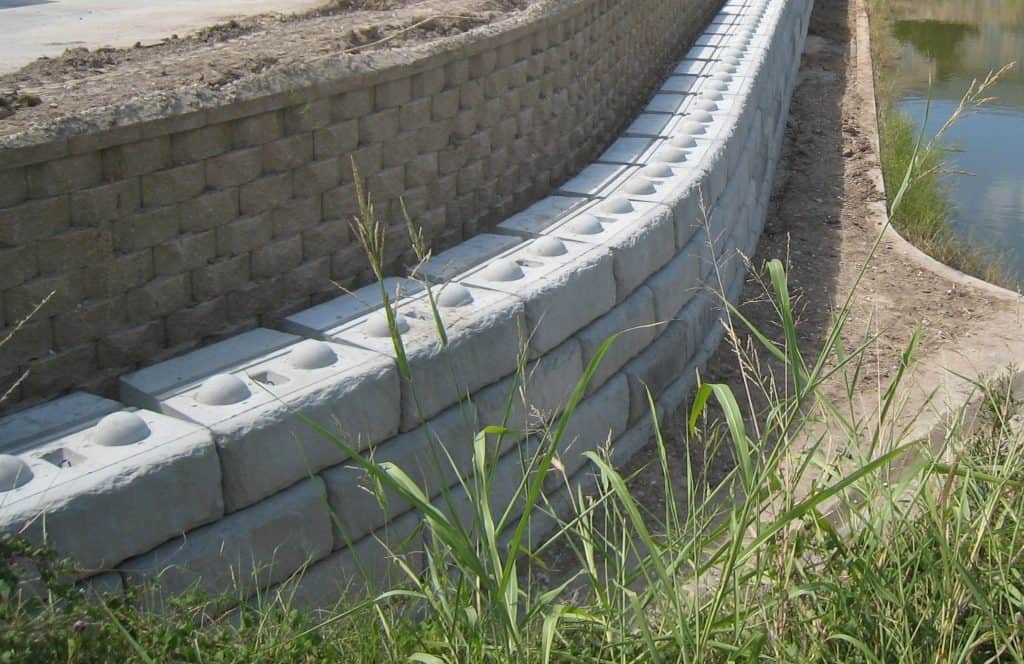
Exploring the Various Types of Retaining Walls: A Comprehensive Guide
Retaining walls serve as essential structures in construction and civil engineering, providing stability and preventing soil erosion in a variety of projects. These walls are designed to hold back soil or other materials, preventing slope failures and creating usable spaces. With a range of types available, retaining walls offer tailored solutions to accommodate diverse site conditions and design requirements.
This article explores the different types of retaining walls, highlighting their applications and key considerations, and empowering readers to make informed decisions when selecting the most suitable retaining wall for their specific project needs.
4 Different Types of Retaining Walls
1. Reinforced Soil Retaining Walls

Also known as mechanically stabilized earth (MSE) walls, are a type of retaining wall system that combines the strength of soil and reinforcement materials to create a stable structure. These walls are designed to resist the lateral pressure exerted by soil or other retained materials.
These walls are often more economical compared to traditional gravity or concrete retaining walls due to the efficient use of materials and simplified construction techniques. Reinforced soil retaining walls can be adapted to different site conditions, including slopes, variable soil types, and groundwater levels.
The geosynthetic reinforcement materials used in these walls are designed to be resistant to chemical and biological degradation, ensuring long-term stability. The facing panels of reinforced soil retaining walls can be customized to match the surrounding environment, providing an aesthetic appeal.
Most importantly, the design and construction of reinforced soil retaining walls require careful analysis, considering factors such as soil characteristics, surcharge loads, drainage requirements, and seismic considerations.
2. Gravity Retaining Walls

This type of retaining wall relies on its own weight and mass to resist the pressure exerted by the soil or other retained materials. These walls are designed to retain soil and provide stability without relying on additional reinforcement elements such as tiebacks or anchors. They are commonly made of concrete or stone and are suitable for relatively low to medium-height applications.
Gravity retaining walls typically have a sloping backfill configuration. The backfill soil is placed and compacted in layers with a slight slope away from the wall, promoting drainage and minimizing hydrostatic pressure.
These walls have a wider base, known as the toe, and a narrower top, known as the heel. This shape helps distribute the weight of the wall more effectively and ensures stability against overturning. The individual blocks or units used in gravity walls are often designed to interlock or have a stepped profile. This interlocking feature improves the stability of the wall by creating friction and resistance to horizontal movement.
3. Cantilever Retaining Walls

Cantilever retaining walls are a common type of retaining wall that use a structural design that incorporates a large base slab and an upright stem to resist the lateral pressure exerted by the retained soil or other materials. These walls are self-supporting and derive their stability from the weight of the soil on the base slab and the leverage provided by the stem.
Cantilever walls are designed to efficiently transfer the lateral forces to the foundation, reducing the amount of material and reinforcement required compared to other types of walls.
These walls can be constructed in a variety of materials, including concrete, masonry, or even timber, providing flexibility in design and aesthetics. They are also suitable for medium to high retaining wall applications and can be designed to accommodate a wide range of heights, depending on the soil conditions and engineering considerations.
4. Counterfort Retaining Walls

Counterfort retaining walls are a type of retaining wall that incorporates vertical concrete supports called counterforts or buttresses along the backside of the wall. These counterforts are connected to the wall’s base slab and the stem to provide additional strength and support against the lateral pressure exerted by the retained soil or other materials.
The inclusion of counterforts provides additional resistance against lateral forces, allowing for the construction of taller and more efficient walls compared to cantilever walls. These walls can be more cost-effective than other types of retaining walls for taller applications since they utilize fewer materials and require less reinforcement. Counterfort walls can be constructed using various materials such as concrete or masonry, providing flexibility in design and aesthetics.
Conclusion – Types of Retaining Walls
As we conclude this exploration of different types of retaining walls, it becomes evident that selecting the appropriate wall for a specific project requires a careful assessment of site conditions, engineering considerations, and desired outcomes. By understanding the features, benefits, and limitations of each type, engineers and designers can make informed decisions that ensure the long-term stability and functionality of their structures.
Different Types of Retaining Walls FAQ’s:
1. What is called a retaining wall?
A retaining wall is a structure designed to hold back or retain soil, preventing erosion and creating level areas. It resists the lateral pressure exerted by the soil, providing stability and support to landscapes, structures, or infrastructure.
2.
What is the angle of a retaining wall?
In general, the angle of inclination for a typical retaining wall is often between 70 to 90 degrees from the horizontal. This angle helps to provide stability and resist the lateral pressure exerted by the retained soil. This angle may be adjusted based on engineering calculations, soil properties, and other site-specific considerations to ensure the wall’s stability and structural integrity.
3.
What are the types of retaining walls?
Here are the types of retaining walls:






